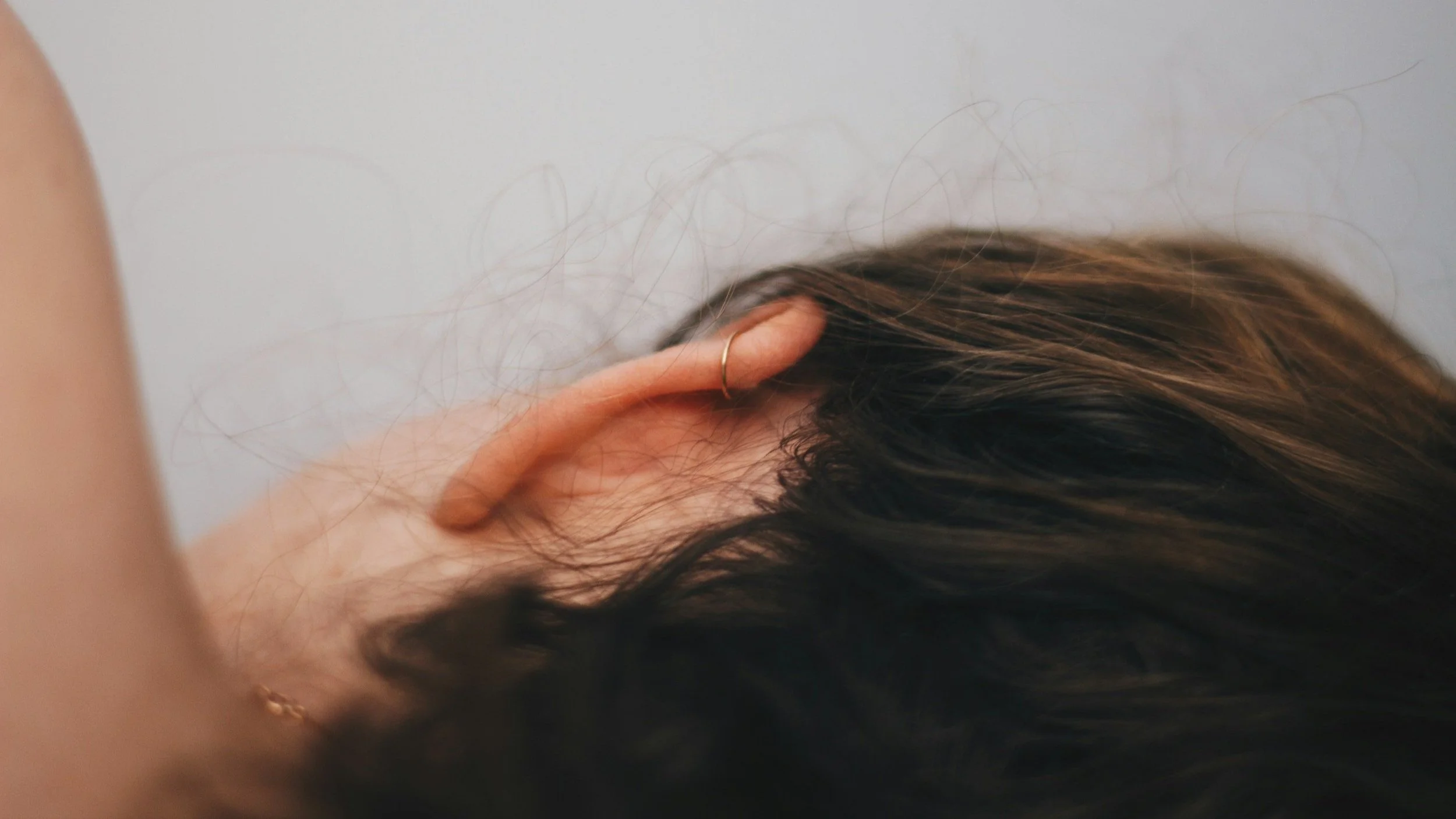Could Glue Ear Be a Sign of Mould Exposure? What Every Parent Should Know
If your child has been struggling with recurring ear infections, hearing difficulties, or something called "glue ear", you’re not alone. Glue ear affects up to 80% of children before the age of 10, particularly between ages two and five. It’s often treated as a routine part of childhood. But what if there’s more to it?
Today, we want to gently ask the question:
Could glue ear be a clue that your child’s body is reacting to something in the environment—like mould?
What Is Glue Ear, and Why Is It So Common?
Glue ear (or otitis media with effusion) occurs when fluid builds up in the middle ear without signs of acute infection. The fluid can become thick and sticky, affecting hearing and sometimes delaying speech development.
The Royal Children’s Hospital Melbourne notes that while glue ear often resolves on its own, some children experience persistent fluid build-up for months, leading to repeated GP visits, antibiotics, and grommet (ear tube) surgeries.
(RCH Fact Sheet – Otitis Media in Children)
How the Lymphatic System Plays a Role
Behind the scenes, your child’s lymphatic system helps drain fluid from the head, neck, and ears. It’s like an internal “clean-up crew,” responsible for moving waste and excess fluid out of tissues.
If the lymph system isn’t flowing well—because of infection, inflammation, or even environmental stressors like mould—fluid can stagnate. This often shows up first in areas like:
The ears (fluid behind the eardrum)
The face (puffiness around the eyes)
The throat (swollen tonsils or lymph nodes)
In our full article on lymphatic drainage for kids, we explain how this system works—and why gentle support like bouncing, Epsom salt baths, and hydration can make a big difference.
Could Mould Exposure Make It Worse?
There is growing evidence that environmental mould contributes to immune stress and chronic inflammation. According to Dr Ritchie Shoemaker, a world-recognised expert in mould-related illness (CIRS), many symptoms in mould-affected children are linked to inflammatory blockage of natural drainage pathways, including the lymphatic system.
This doesn’t mean every case of glue ear is caused by mould—but if your child also has:
Puffy eyes, rashes, or fatigue
Recurring upper respiratory symptoms
A history of living in a damp or musty home
Sensitivity to smells, light, or noise
Cycles of antibiotics that help briefly, but symptoms keep returning
…it’s worth exploring whether the ear congestion is part of a larger picture.
A 2020 review published in Environmental Research found a significant correlation between mould exposure in homes and increased risk of upper respiratory symptoms and ear infections in children.
(Mendell et al., Environmental Research, 2020)
What About Earwax? Is That Part of the Puzzle?
Yes, in some cases. Excessive earwax production may be a protective response to chronic irritation or inflammation in the ear canal. When combined with fluid behind the eardrum, it can add to that blocked, congested feeling.
As we explain in our lymphatic article, poor drainage in the head and neck area can affect wax clearance and fluid movement—especially in kids with developing anatomy.
(RACGP Guidelines – Otitis Media)
You’re Allowed to Be Curious
You don’t need to panic. Glue ear is common and often clears on its own. But if your child is stuck in a cycle of congestion, infections, and hearing changes, you are allowed to ask more questions.
Could the issue be related to how their lymphatic system is flowing?
Is there something in their environment—like hidden mould—that’s contributing to inflammation?
What happens when you support drainage through natural, gentle methods?
What to Do Next
Read our full guide on Lymphatic Drainage for Kids to learn how movement, hydration, and detox-friendly routines can help
Keep a journal of symptoms—note if things worsen in certain rooms or houses
Consider basic air or surface testing for mould if your child’s symptoms aren’t improving
Seek out a mould-literate integrative practitioner or a paediatric lymphatic therapist
Final Thought: Trust Your Instincts
Sometimes glue ear is just fluid. But sometimes, it’s a signal—your child’s body whispering (or shouting), “I’m struggling to clear something out.”
You know your child better than anyone.
And asking one more question might be the first step toward a bigger answer.
